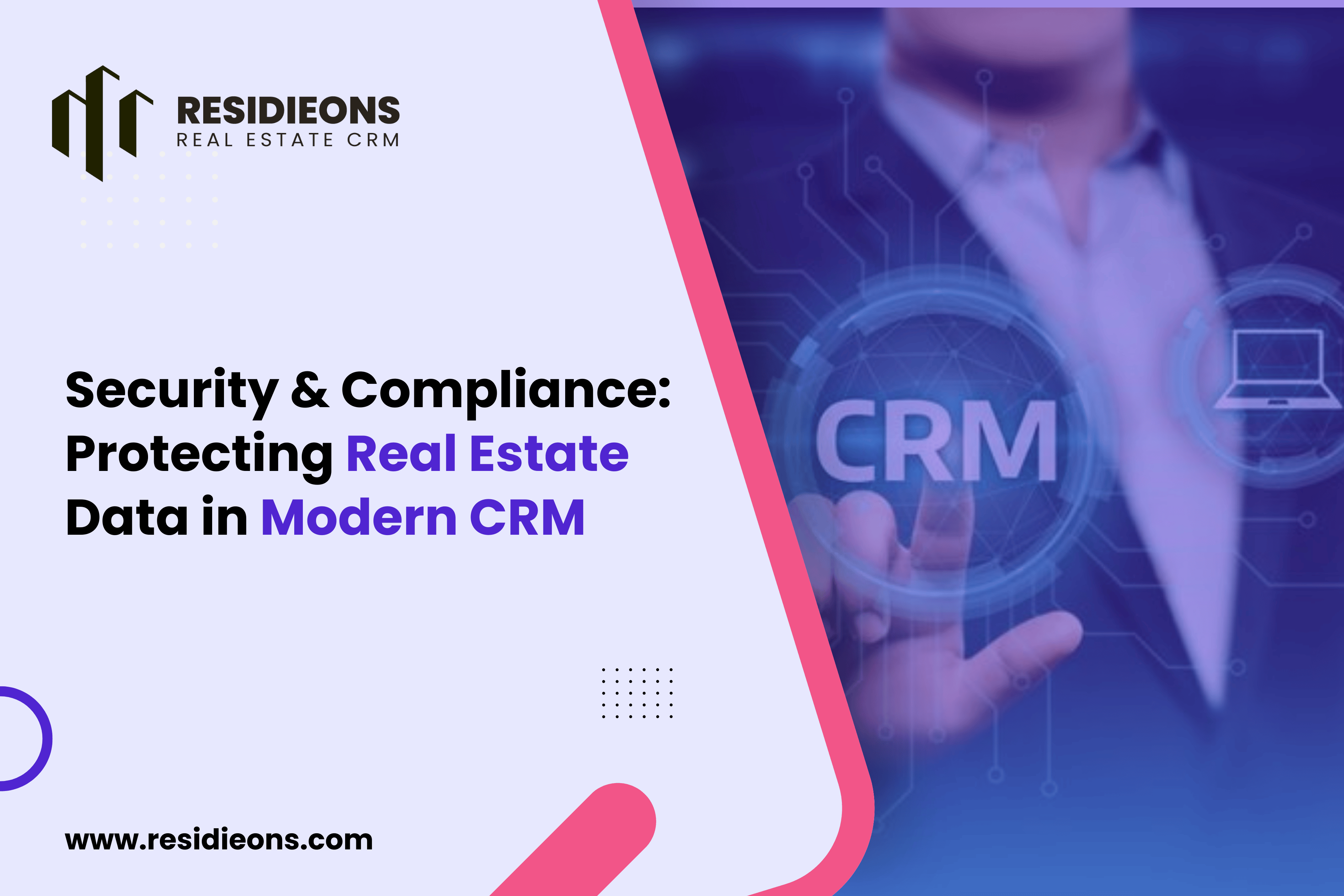
Examine CRM deployment techniques for small commercial real estate firms. From strategy to implementation, here's a step-by-step approach to incorporating a CRM into your business.
Before jumping into CRM implementation, outline clear objectives. Identify what you aim to achieve be it improved client management, streamlined operations, or enhanced deal tracking. Clear goals serve as the North Star guiding your CRM journey in commercial real estate.
Understanding your business needs is key. Identify pain points, areas for improvement, and specific functionalities your team requires in a CRM. This assessment ensures you choose a CRM that aligns with your business requirements.
Not all CRMs are created equal. For small commercial real estate businesses, opt for a CRM that offers essential features without overwhelming complexity. Look for scalability, ease of use, and affordability suited to your business size and needs.
CRM adoption requires team buy-in. Involve your team from the get-go, highlighting the benefits of CRM integration efficiency, improved collaboration, and enhanced client relationships. Team support is crucial for successful implementation.
Create a roadmap for CRM implementation. Define timelines, allocate resources, and plan training sessions. A well-thought-out plan ensures a smoother transition and minimizes disruptions to daily operations.
Training is the cornerstone of successful CRM adoption. Invest time in comprehensive user training sessions, ensuring your team is familiar with the CRM's functionalities and confident in its usage.
Rome wasn't built in a day, and neither should CRM implementation. Start small focus on core functionalities, and gradually introduce additional features as your team gets comfortable with the CRM.
CRMs are not one-size-fits-all. Customize your CRM to match your business processes. Tailor workflows, fields, and reports to fit your specific requirements, maximizing the CRM's effectiveness for your team.
Moving data to a new CRM requires precision. Ensure a smooth data migration process by verifying data accuracy and organizing information systematically to avoid any loss or confusion.
Continuous evaluation is crucial. Test the CRM in real-world scenarios, gather feedback from users, and refine processes based on insights to ensure the CRM aligns seamlessly with your operations.
Post-implementation support is vital. Provide ongoing assistance, address user queries, and offer guidance as your team adjusts to using the CRM, fostering confidence and ensuring sustained adoption.
CRM implementation isn't a one-time event. Encourage a culture of continuous improvement seek user feedback, identify areas for enhancement, and explore ways to optimize CRM usage for better outcomes.
Define metrics to measure CRM success. Track indicators like improved lead conversion rates, increased client satisfaction, or streamlined processes to gauge the CRM's impact on small commercial real estate businesses.
Celebrate achievements along the way. Acknowledge milestones of successful data migration, increased user adoption, or enhanced productivity to keep the team motivated and engaged.
Be adaptable. The business landscape evolves, and so should your CRM strategy. Embrace changes, update processes, and evolve your CRM usage to stay aligned with the shifting demands of your business.
Implementing a CRM
in a small commercial real estate business isn't just about adding a new tool;
it's about transforming how you operate. With careful planning, user
involvement, and a focus on tailored adoption, a CRM becomes a catalyst for
growth, efficiency, and success in your business endeavors.



If you are in the real estate business, you already know how tou
Read More...
In today’s competitive real estate market, managing leads, foll
Read More...